Introduction to PCA
Unsupervised Learning in R

Hank Roark
Senior Data Scientist at Boeing
Two methods of clustering
- Two methods of clustering - finding groups of homogeneous items
- Next up, dimensionality reduction
- Find structure in features
- Aid in visualization
Dimensionality reduction
- A popular method is principal component analysis (PCA)
- Three goals when finding lower dimensional representation of features:
- Find linear combination of variables to create principal components
- Maintain most variance in the data
- Principal components are uncorrelated (i.e., orthogonal to each other)
PCA intuition
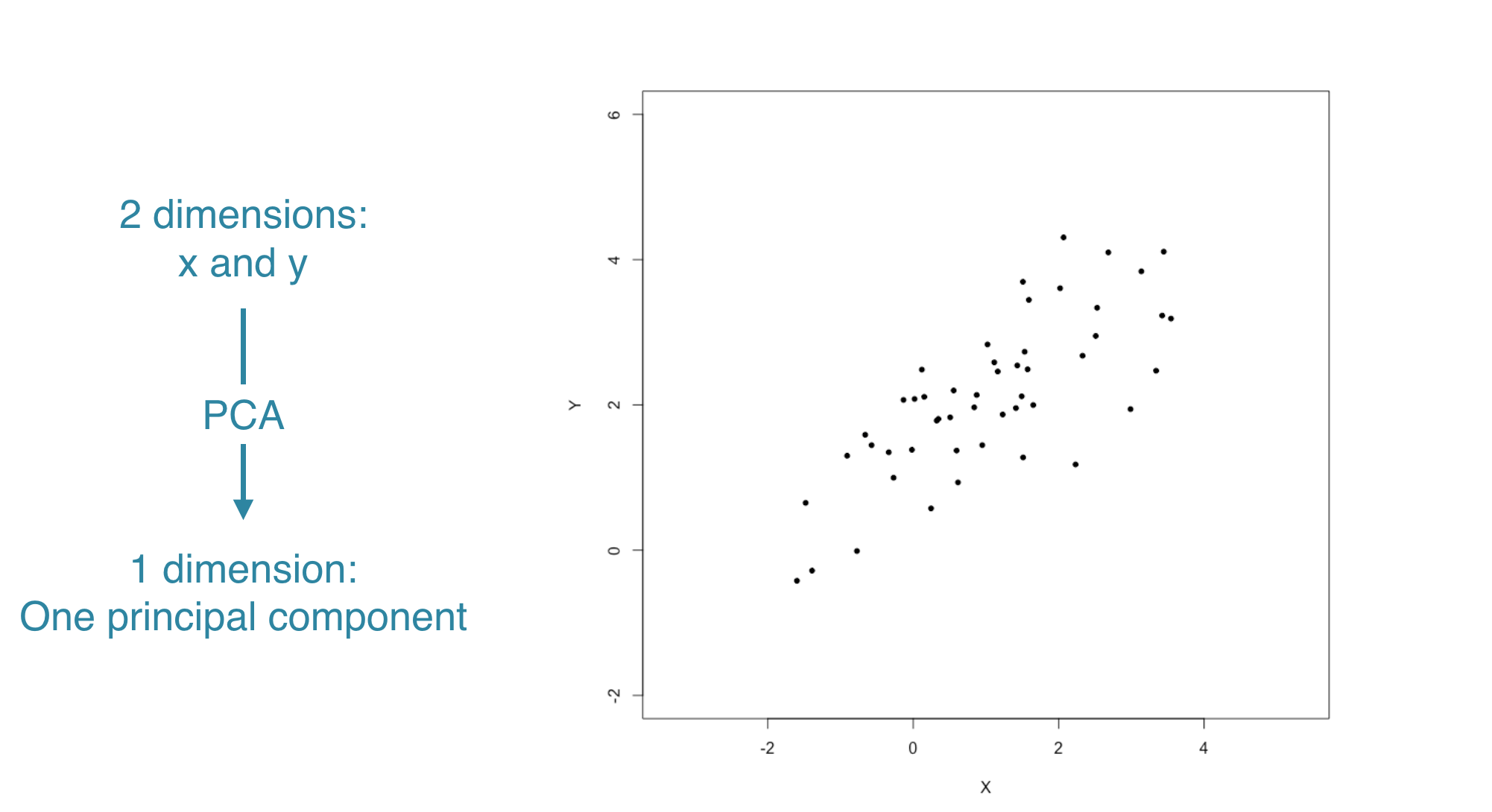
PCA intuition
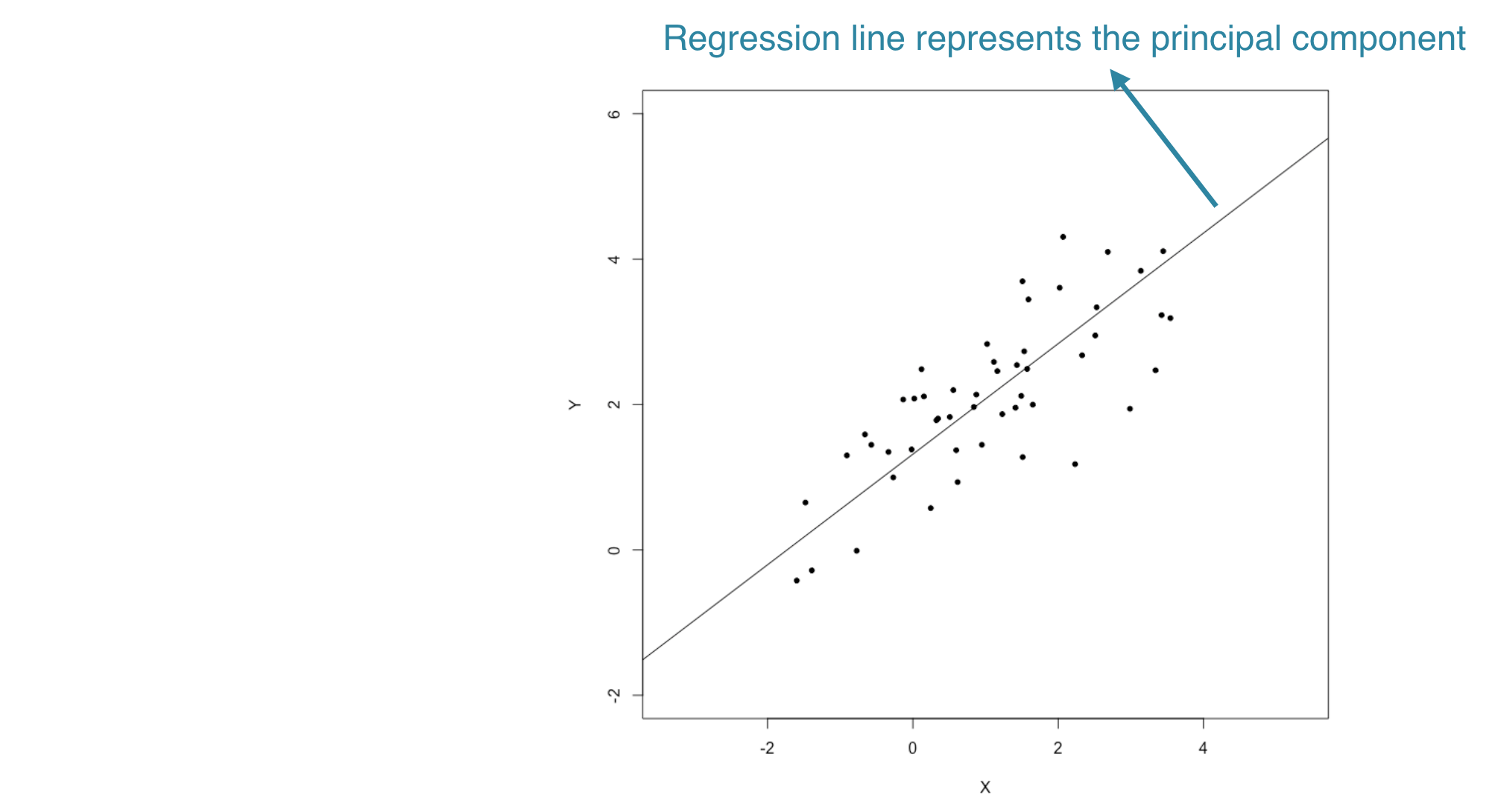
PCA intuition
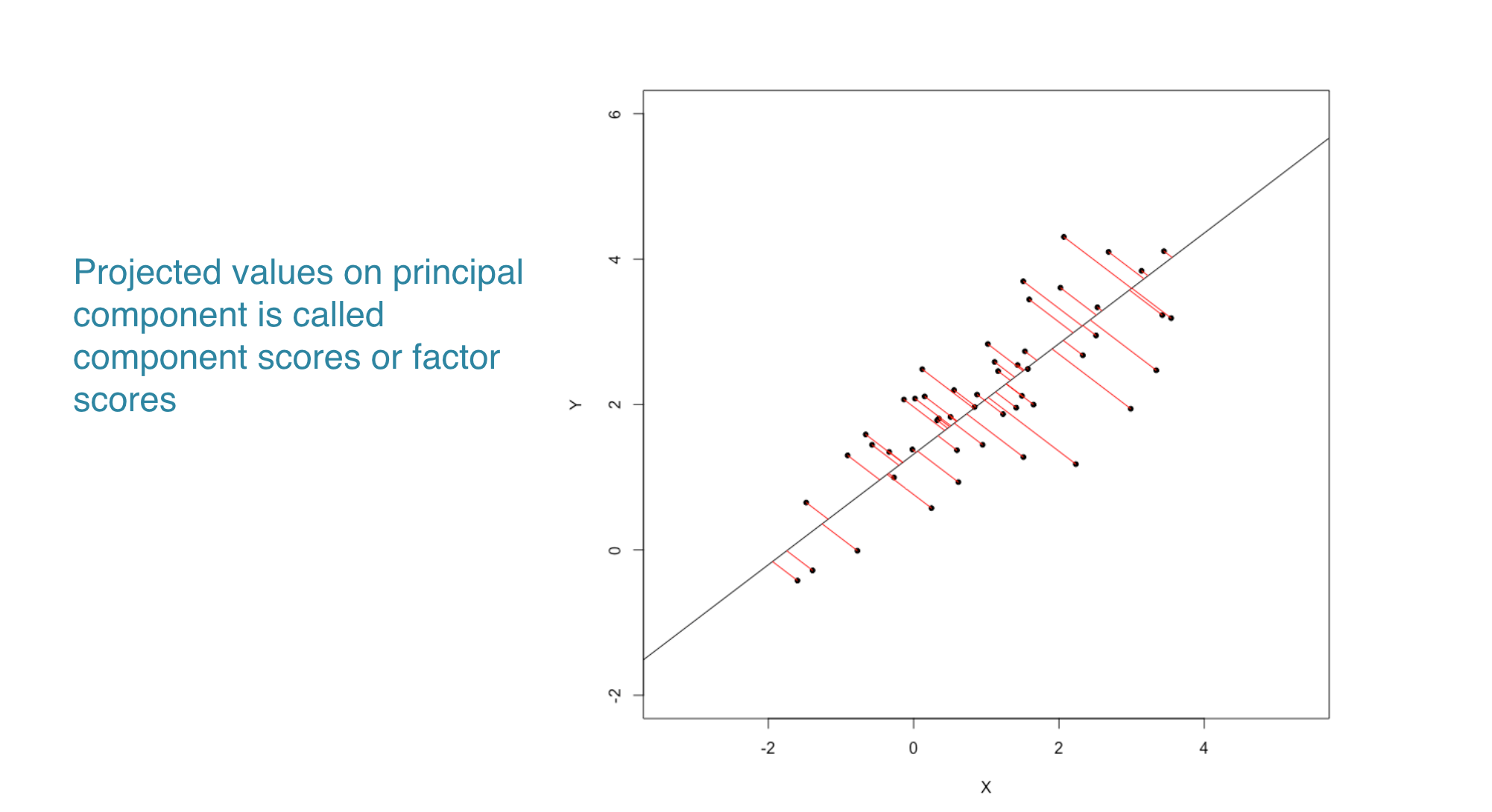
Visualization of high dimensional data
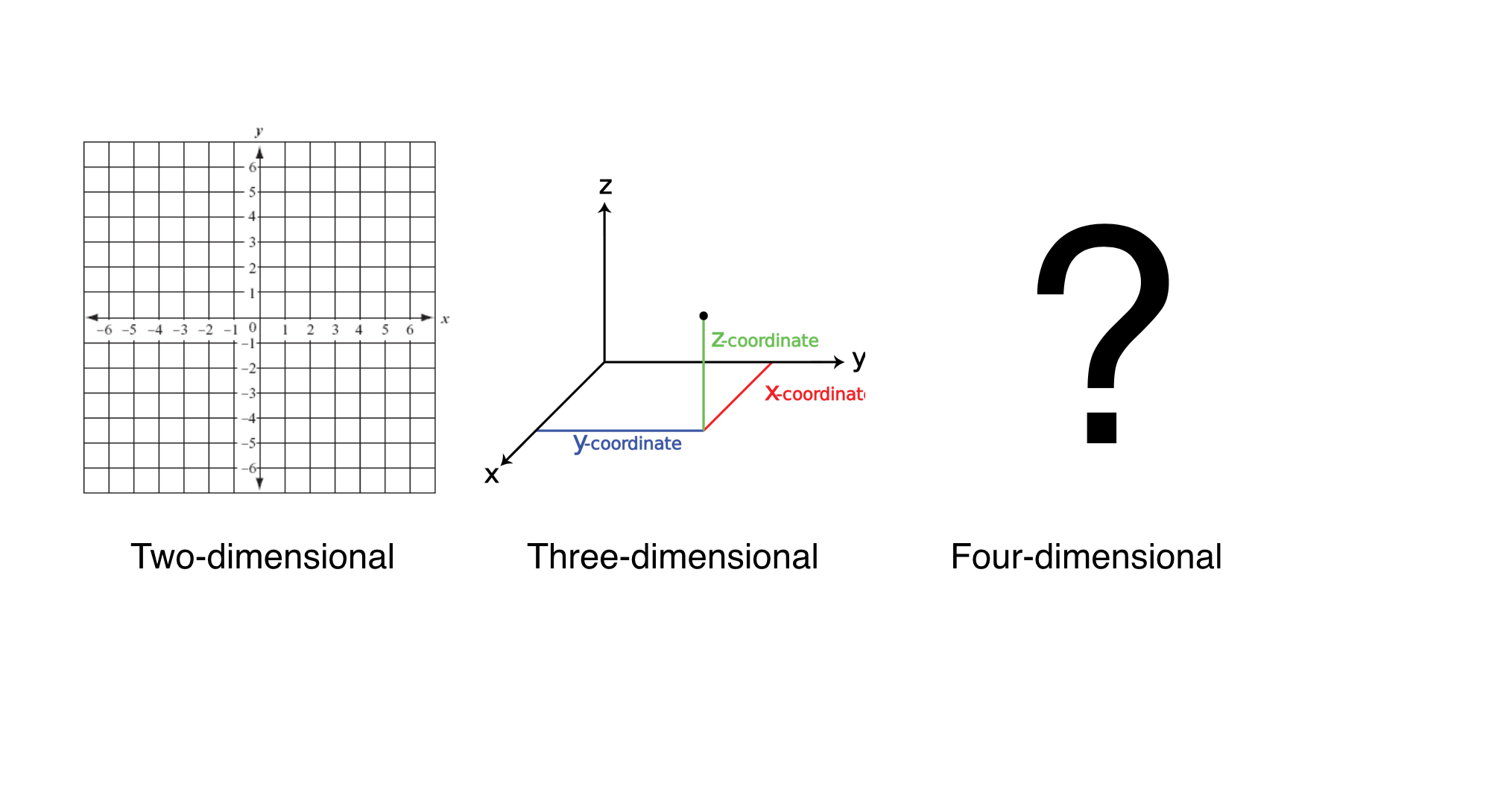
Visualization
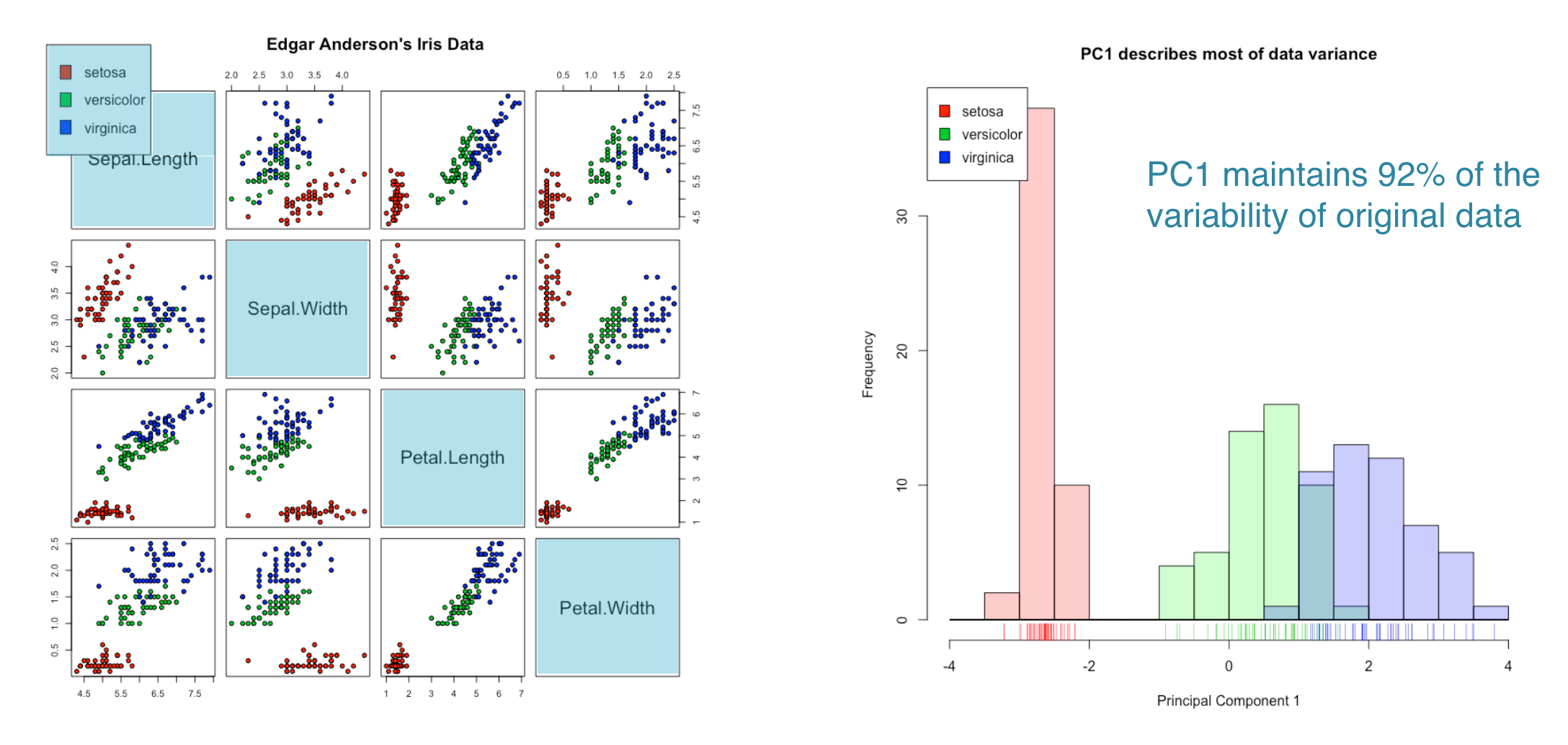
PCA in R
pr.iris <- prcomp(x = iris[-5], scale = FALSE, center = TRUE)summary(pr.iris)
Importance of components:
PC1 PC2 PC3 PC4
Standard deviation 2.0563 0.49262 0.2797 0.15439
Proportion of Variance 0.9246 0.05307 0.0171 0.00521
Cumulative Proportion 0.9246 0.97769 0.9948 1.00000
Let's practice!
Unsupervised Learning in R

